Figures & data
Figure 1 The preoperative images.
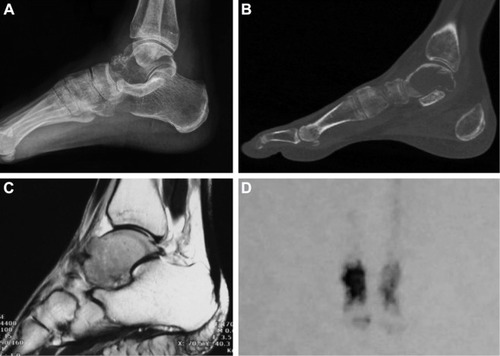
Figure 2 The prosthesis design.
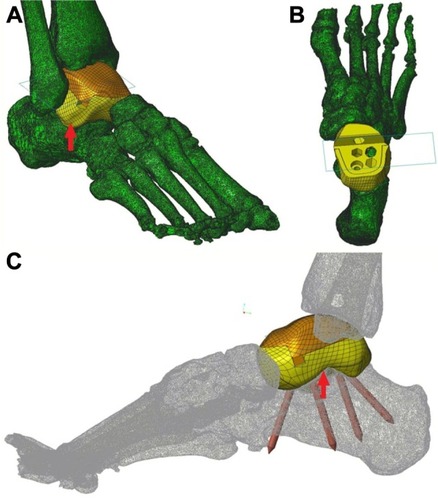
Figure 3 The models and the finished product.

Figure 4 The intraoperative pictures.
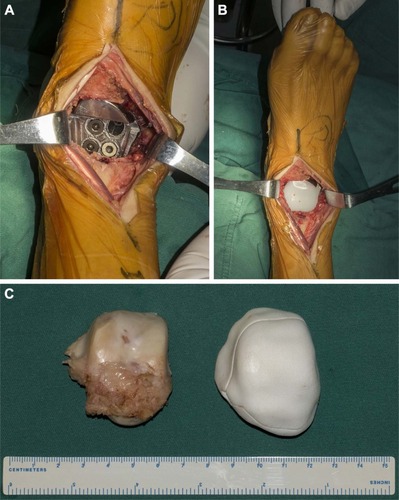
Figure 5 The postoperative roentgenographs.
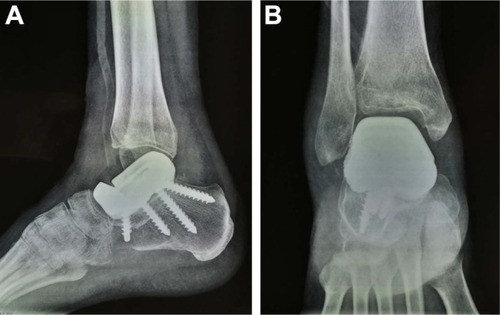
Figure 6 Standing appearance.

Figure 7 Follow-up radiographs 6 months after surgery.
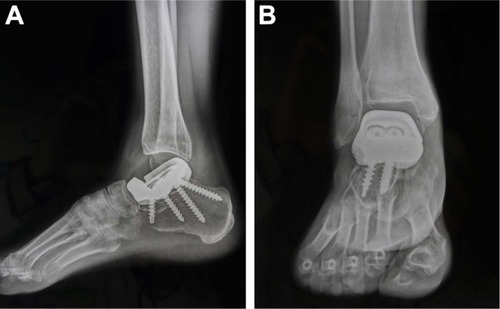
Table 1 Treatment techniques and outcomes for total talar replacement
